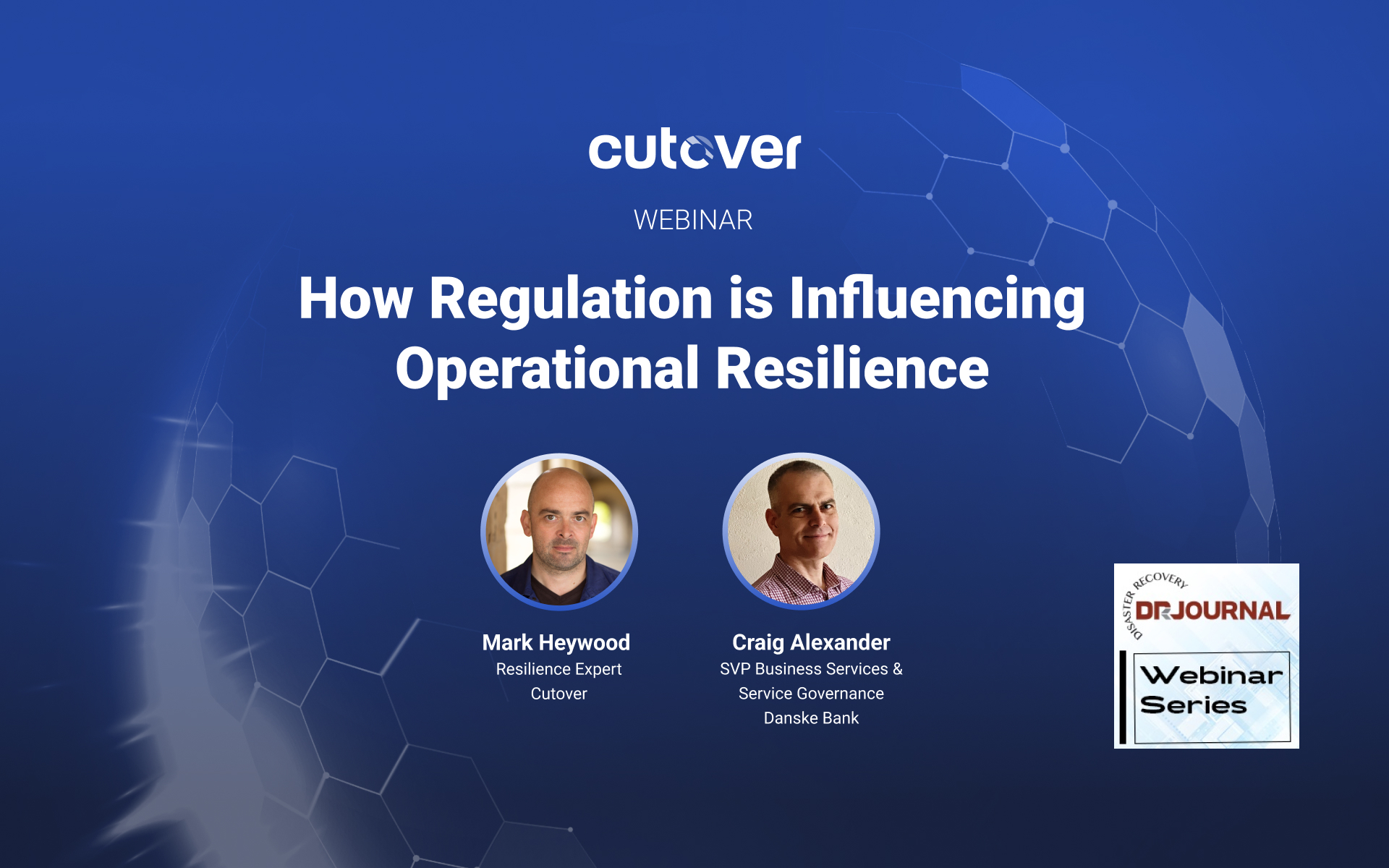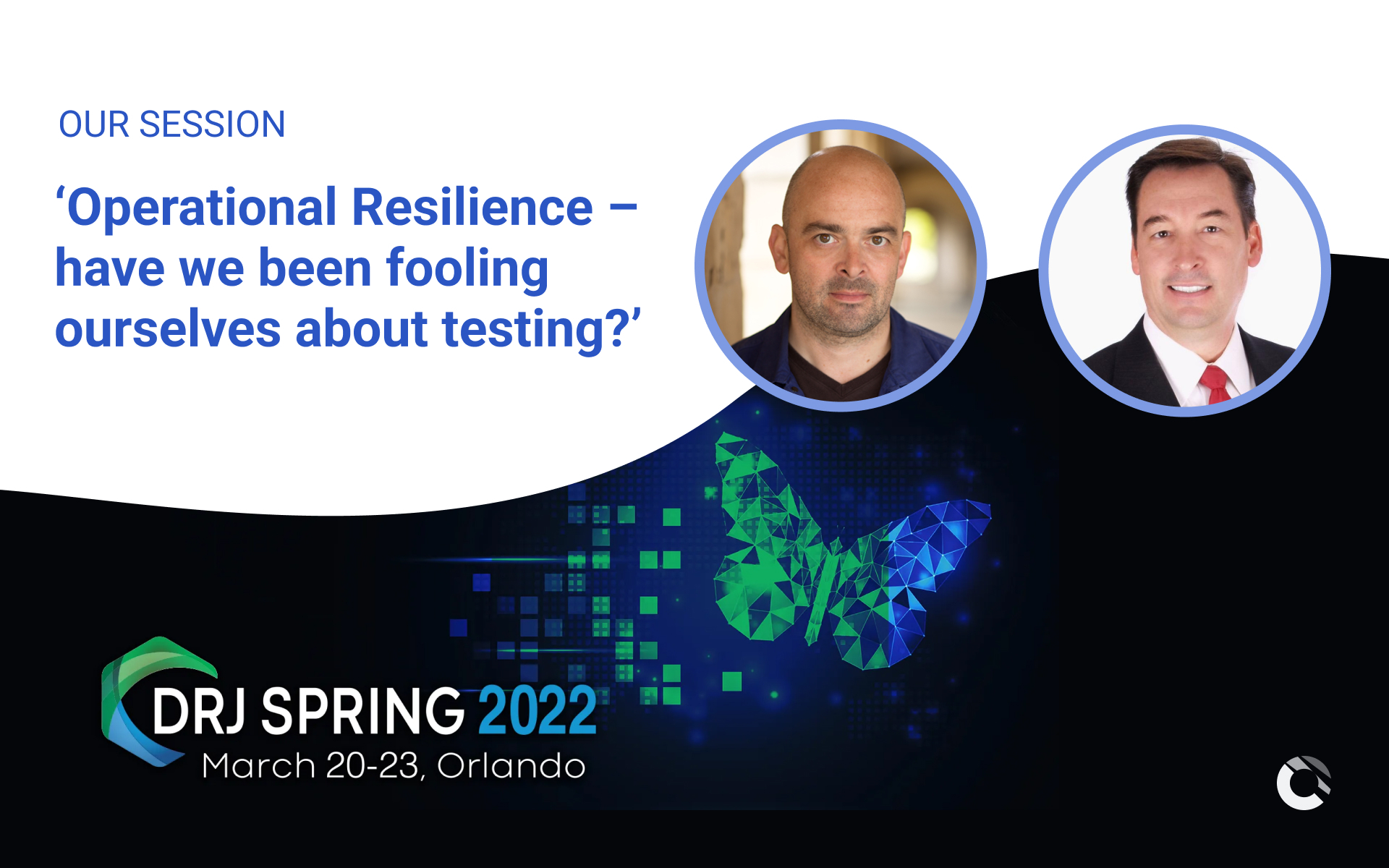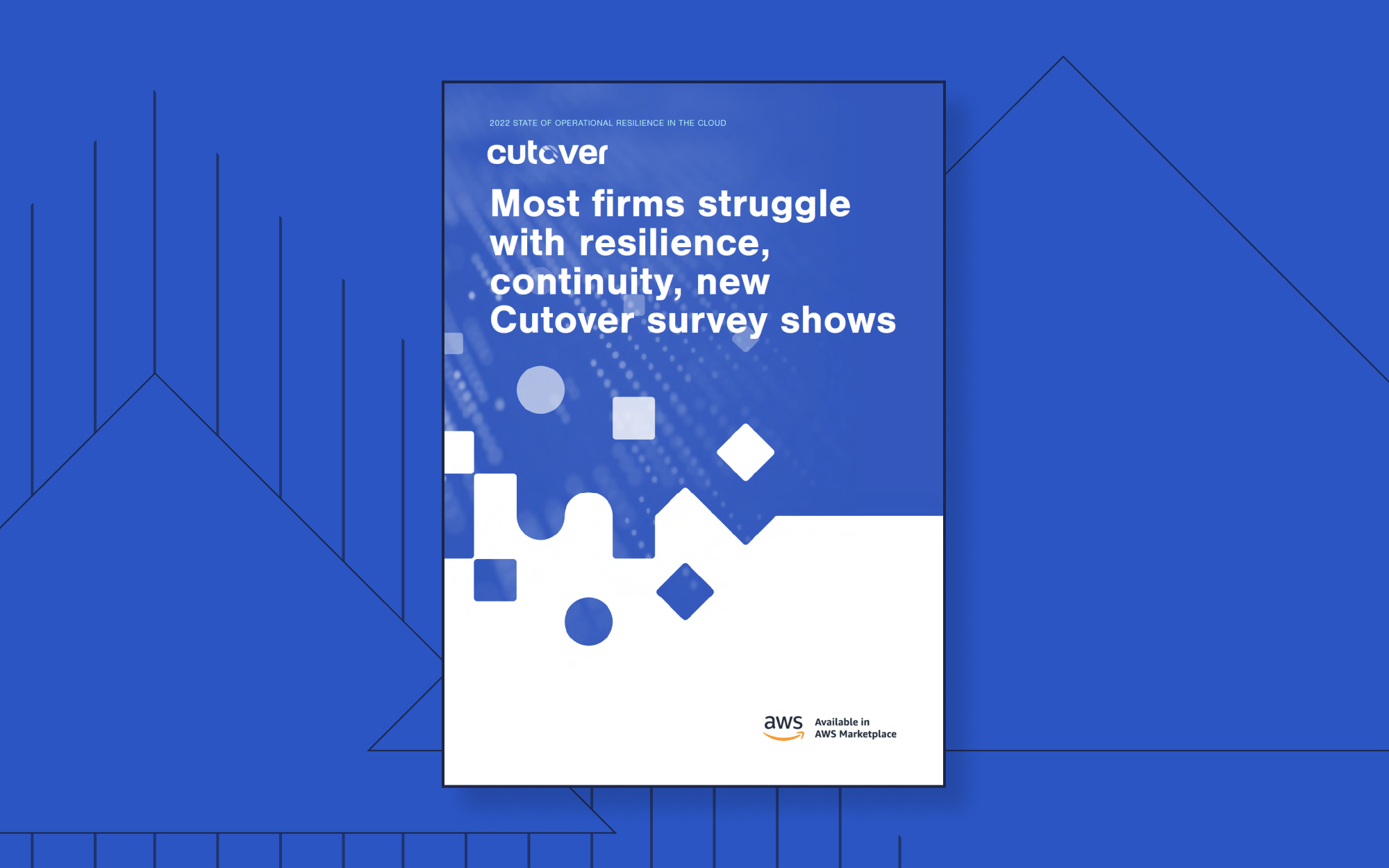CCAR (Comprehensive Capital Analysis and Review) is a United States regulatory framework introduced by the Federal Reserve to assess, regulate, and supervise large banks and financial institutions. CCAR attestation is a complex end-to-end process that requires a chain of human attestations and needs systemic support. Most organizations have built their own (very different) tools to attempt to deal with this.
We spoke to Gerry from Clarity Management Group about his work with a major global bank that had previously failed to meet its CCAR requirements for three years running. This meant they were unable to pay dividends or expand their presence in the US.
The Challenges
CCAR reporting complexity was being compounded due to previous mergers and acquisitions. The European bank that Clarity Management were working with had recently acquired a smaller bank in the US that had recently made an acquisition of its own. Two layers of post-acquisition dynamics challenged transparency into where data was being sourced and who owned the systems. This was a problem for meeting CCAR which required good quality data and data models.
The global distribution of the parties involved added to this complexity. The bank had multiple organizations working in multiple countries who had only been recently introduced to each other after the merger. Different organizations in different places with different management tools that lacked established lines of communication made organizing CCAR reporting even more of a challenge.
This lack of visibility and communication created delays. Individuals were only aware of their part in the process flow i.e. who they were supposed to be receiving a file from and who they were supposed to hand it to. It could take 7-12 days after the end of the month to process a file, so downstream recipients would usually not check for the file until about 15 days after the end of the month. This led to dragged-out handovers and if someone needed a piece of information quickly there was no way of knowing where in the processing flow it was.
How Did Cutover Make a Difference?
Cutover enabled the bank to fill in the gaps and create better visibility, communication and systems of record for the huge amount of human attestations required for CCAR. By automatically creating a record of all file transfers and data handoffs and making the entire process transparent, Cutover made it easier to accurately report to regulators. This visualization also enabled the team to see where delays were occurring and optimize the process further.
Automated notifications removed the delays between handoffs because there was no elapsed time between one task being completed and the next task starting. As a result, month-end closures are now happening 40% faster than before and, with the right tools and processes in place, the bank is able to meet its CCAR requirements.
Increasing Regulations
Increasing regulations are creating more complex processes that don’t lend themselves to standard workflows. Cutover enables you to dynamically design and execute complex workflows and is therefore ideally positioned to support these complex regulatory processes.











